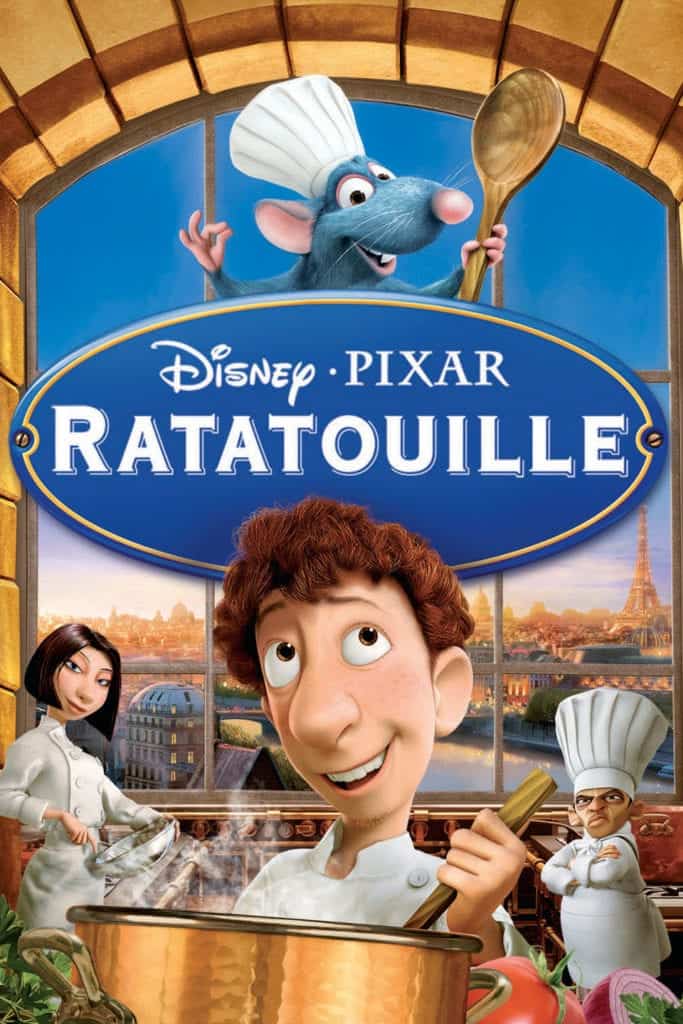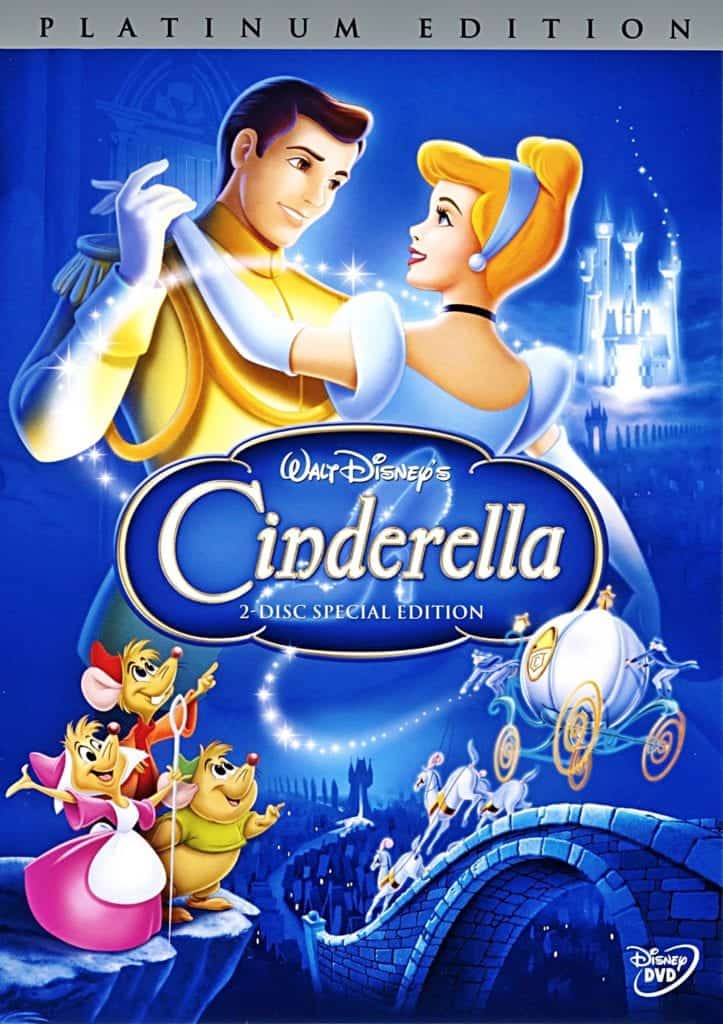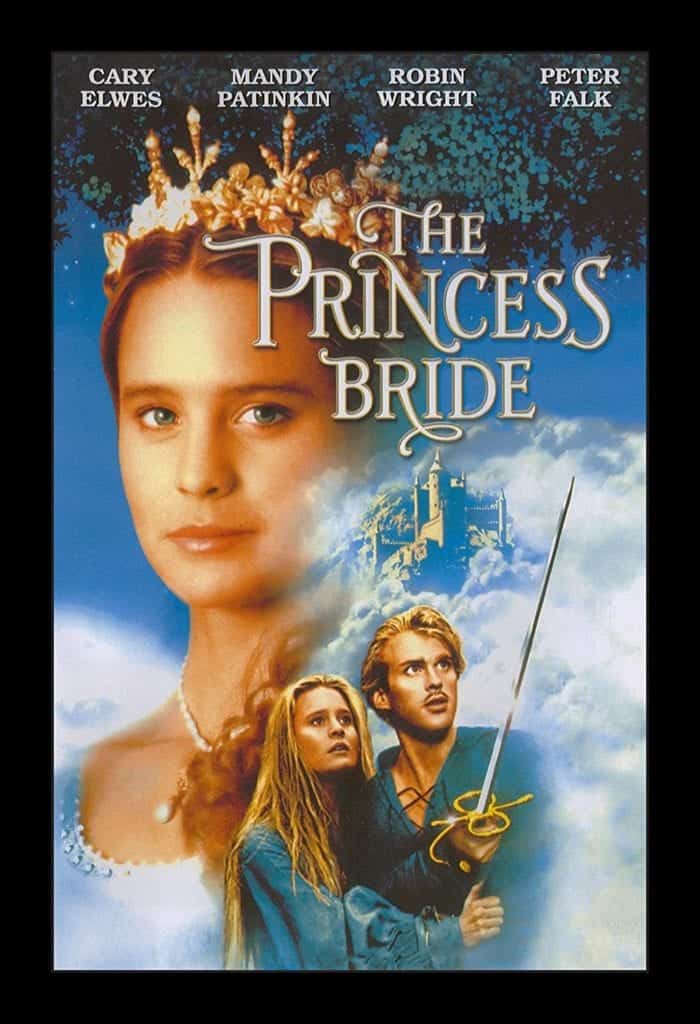Fallacies in Pest-Centered Films – Part 4
Fallacies in Pest-Centered Films – Part 4
Hollywood has its fair share of movies centered around arthropods. However, many of these films are also plagued with some misinformation regarding their pest-protagonists (or antagonists). In this blog we explore rodents.
Ratatouille (2007)
This super fun and upbeat Pixar film tells the story of a rat with a special talent for the culinary arts. Our course, we have yet to come across any cooking rats, but by ignoring this plot fallacy, we come across another curious detail that incorrectly represents rats. The incisors of rats grow at a shockingly rapid rate. Due to this, they actually have to chew on things for roughly 28 minutes a day in order to grind down their teeth – otherwise, their teeth would grow to the point where they cannot even close their mouths. With so much chewing to do, they’ve developed extremely strong jaws with incredible biting power. In fact, when tested, it was discovered that rats have an average max biting force of 12 tons per square inch! To put this into perspective, great white sharks can only bite with up to 2 tons per square inch, and alligators can only snap with a force of 1.6 tons. With such incredible bite power, rats can chew through walls, furniture, metal and even some glass! Yet, despite all of this, we don’t see the protagonist rat, Remy chew on anything other than food. 
Cinderella (1950)
This adorable classic displays a cute relationship between the protagonist, Cinderella, and a family of mice. While similar positive relationships can occur with domesticated pet mice, this is a far cry from reality with regards to wild, pest mice. So, this aside, and also suspending the reality of talking mice that wear clothing, there is another big reality-buster in this animated film: the mice tails. For some reason, the animators depicted the tails of these little rodents as a singular long stringy, strand, similar to a piece of hair. This is wholly incorrect however, as the tails of mice have full skeletal structures and muscles, giving them far more dimension and volume than is depicted. in the movie. 
The Princess Bride (1987)
“ROUS’s? Rodents of unusual size? I don’t think they exist…” – Westley Much like in this amazing cinematic work of fiction, “ROUS’s” do exist in real life, however, they are far different from those portrayed in the film. ** To preface this, we are well aware that the creature is intended as a fantasy-feature in the story, however, due to the fact that we do actually have a real “ROUS” in existence, we figured it would be a fun comparison. Hydrochoerus hydrochaeris, also commonly known as the Capybara, is a rodent that measures, on average, 4.6 feet in length, two feet tall, and a weight of between 77 to 143 pounds. In the film, their fictional rodent is similar in size to this real mammal, but its other features greatly deviate from reality. The ROUS appears to be somewhat modeled after rats with a long, naked tail and elongated snout, while Capybaras lack tails and have short, rounded snouts. Furthermore, the fictional rodent also displays a mouth full of crooked and sharp teeth, and, as stated above, this is uncharacteristic for rodents, who instead have two sets of large incisors on the top and bottoms of their mouths, and a collection of molars far back out of view. 
Citations
Bradford, A. (2016) Facts About Capybaras, LiveScience. Purch. Available at: https://www.livescience.com/55223-capybara-facts.html (Accessed: February 26, 2021). Capybara Facts (no date) National Geographic. Available at: https://www.nationalgeographic.com/animals/mammals/facts/cabybara-facts (Accessed: February 26, 2021). Rouge, M. (no date) Dental Anatomy of Rodents, VIVO Pathophysiology. Colorado State University. Available at: http://www.vivo.colostate.edu/hbooks/pathphys/digestion/pregastric/rodentpage.html (Accessed: February 26, 2021).
Request a Free Quote Today
(We do not share your data with anybody, and only use it for its intended purpose)
